Small Claims Court Template Letter for Demand
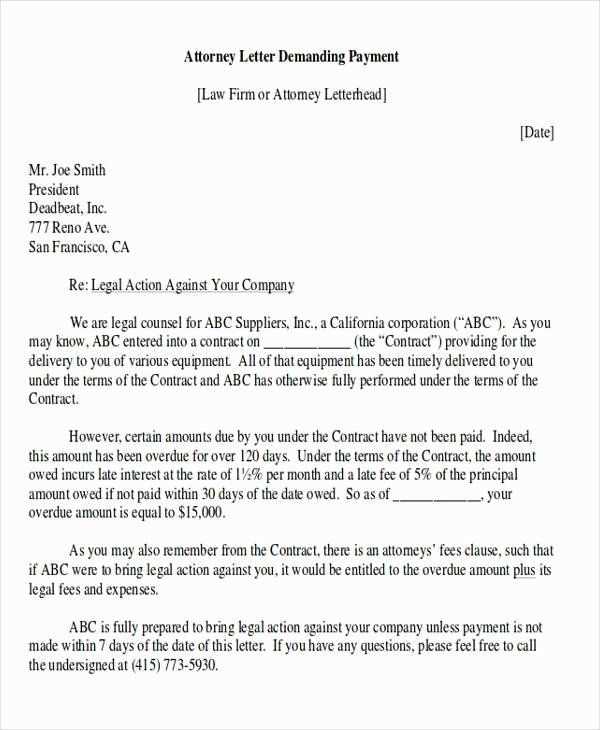
Taking legal action over a dispute often starts with a written request aimed at resolving the matter outside of a formal hearing. This initial step is crucial, as it lays the foundation for potential further legal proceedings. By crafting a professional and clear message, you may be able to settle the issue before it escalates to a more complex process.
In this guide, we will explore how to create an effective request that outlines your grievance, demands resolution, and sets the tone for any upcoming legal steps. The right approach can make a significant difference in how quickly and efficiently your issue is addressed. A well-constructed message can prompt the other party to act, saving both time and resources.
Understanding the key elements of such a written communication is essential, especially when it comes to making sure that it is both legally sound and persuasive. By following a few important guidelines, you can craft a message that reflects your intentions clearly while also protecting your rights.
Understanding Legal Procedures for Dispute Resolution
When a disagreement cannot be resolved through informal methods, taking formal steps becomes necessary to ensure the issue is addressed properly. Understanding the procedural framework involved in these cases helps individuals navigate the process effectively. This approach is designed to be simpler and more accessible for individuals without legal representation, allowing for a more straightforward resolution of minor disputes.
The process typically involves submitting an official request, followed by a structured review of the dispute. After an initial communication is sent, the other party is given an opportunity to respond. If a resolution is not reached, the case may advance to a legal hearing where the matter is presented for further examination and judgment.
| Step | Description |
|---|---|
| Step 1 | Initiating a formal request for resolution |
| Step 2 | Receiving a response from the opposing party |
| Step 3 | Attempting settlement or preparing for a hearing |
| Step 4 | Presenting the case in front of an authority if necessary |
Familiarity with this process allows individuals to approach the situation with confidence, ensuring that all necessary steps are taken in order to resolve the matter efficiently and legally.
When to Use a Formal Request for Action
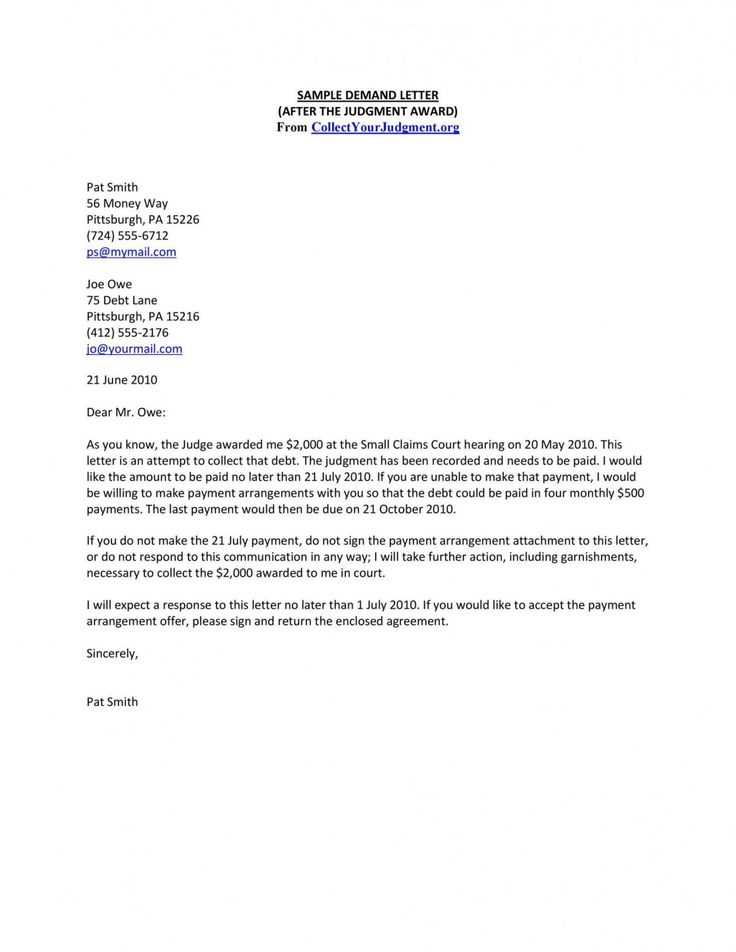
A written communication can be a powerful tool when informal negotiations fail to resolve a dispute. It serves as a formal means of expressing your position and expectations before taking further legal action. Knowing when to utilize such a request is crucial for a timely and effective resolution.
When Initial Attempts Fail
If attempts to resolve the issue informally have been unsuccessful, a formal request can help establish a sense of urgency. This is often the first step before escalating the situation to a more complex process.
For Specific and Clear Resolution
When you need a clear and specific resolution to a dispute, a formal message provides a structured approach to outline your demands. This helps both parties understand the expectations and consequences if the issue remains unresolved.
- Dispute remains unresolved after informal communication.
- Both parties fail to come to an agreement during negotiations.
- The issue involves a specific and time-sensitive matter requiring immediate attention.
Using a formal approach ensures that your intentions are communicated clearly, helping to avoid misunderstandings or prolonged conflict. It is a way of asserting your rights without immediately resorting to legal action.
Key Elements of a Formal Request for Action
Creating an effective formal request involves more than just stating the issue. It requires a clear, structured approach to ensure that all necessary information is included. A well-written request helps avoid confusion and ensures that both parties understand the situation fully, including expectations and consequences.
Clear Identification of the Parties Involved
Start by clearly identifying yourself and the other party in the document. This includes full names, addresses, and any relevant details that establish the relationship between the two parties. Ensuring this clarity helps avoid any ambiguity about who is involved in the dispute.
Detailed Description of the Issue
Provide a detailed account of the issue at hand, including dates, events, and any actions or inactions that led to the dispute. The more specific you are, the stronger your request will be.
Expected Resolution
Outline exactly what you expect from the other party in response. This may include a payment, return of property, or other forms of restitution. Be clear about your desired outcome to avoid any misunderstanding.
Consequences of Inaction
Explain the consequences if the other party fails to respond or address the issue within a reasonable time frame. This step serves as a clear warning that legal or formal action may be taken if the matter is not resolved.
Deadline for Resolution
Include a specific deadline for the response. This creates a sense of urgency and ensures that the matter does not drag on indefinitely.
By following these key elements, your formal request will be comprehensive, focused, and more likely to prompt the desired outcome.
Steps to Write Your Formal Request
Writing a formal request involves a series of steps designed to clearly communicate your grievance and expectations. This ensures the recipient understands the seriousness of the situation and knows what action is required to resolve the issue. Following a structured approach can make your message more effective and increase the likelihood of a positive outcome.
Step 1: Address the Recipient Properly
Begin by addressing the recipient formally, using their full name and title, if applicable. This sets the tone of the document and indicates that you are treating the matter with the appropriate level of seriousness.
Step 2: Clearly State the Purpose
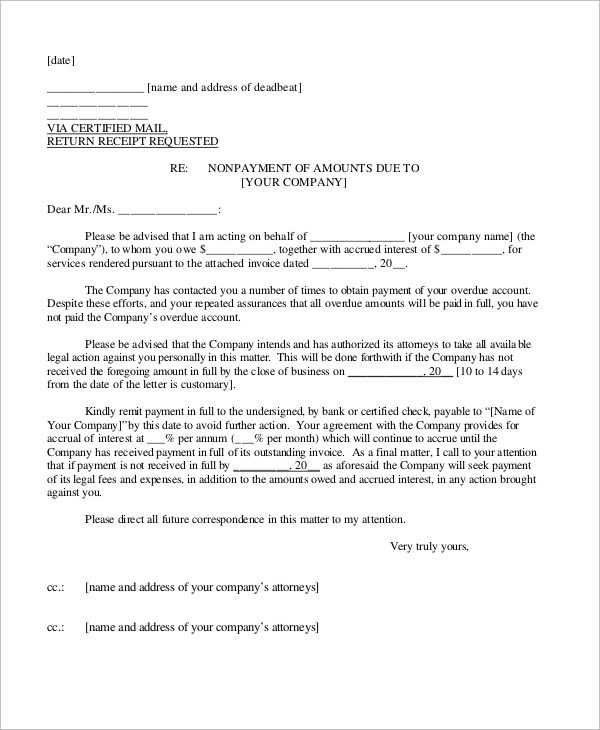
Start the body of the message by briefly explaining the purpose of your request. Be direct and to the point, stating exactly why you are writing and what you are seeking to resolve. This helps the recipient quickly understand the nature of your complaint.
Follow these steps to ensure clarity and professionalism in your written communication:
- Provide all necessary personal and contact information.
- Be specific about the events that led to the situation.
- Detail the resolution you are requesting, including any actions or compensation.
- Set a clear deadline for a response.
By following this structured approach, you ensure that your request is both effective and professional, helping to facilitate the best possible outcome in your dispute resolution process.
Common Mistakes in Formal Requests for Action
When drafting a formal communication, many individuals make errors that can weaken the effectiveness of their message. These mistakes can lead to confusion, delay, or even failure to resolve the issue at hand. Understanding common pitfalls and avoiding them can increase the chances of a successful outcome.
Failure to Be Specific
One common mistake is not providing enough detail regarding the dispute. A vague description of the issue or the resolution being sought can make it difficult for the recipient to understand what is expected. It’s crucial to be as specific as possible to avoid misunderstandings.
Overly Aggressive Tone
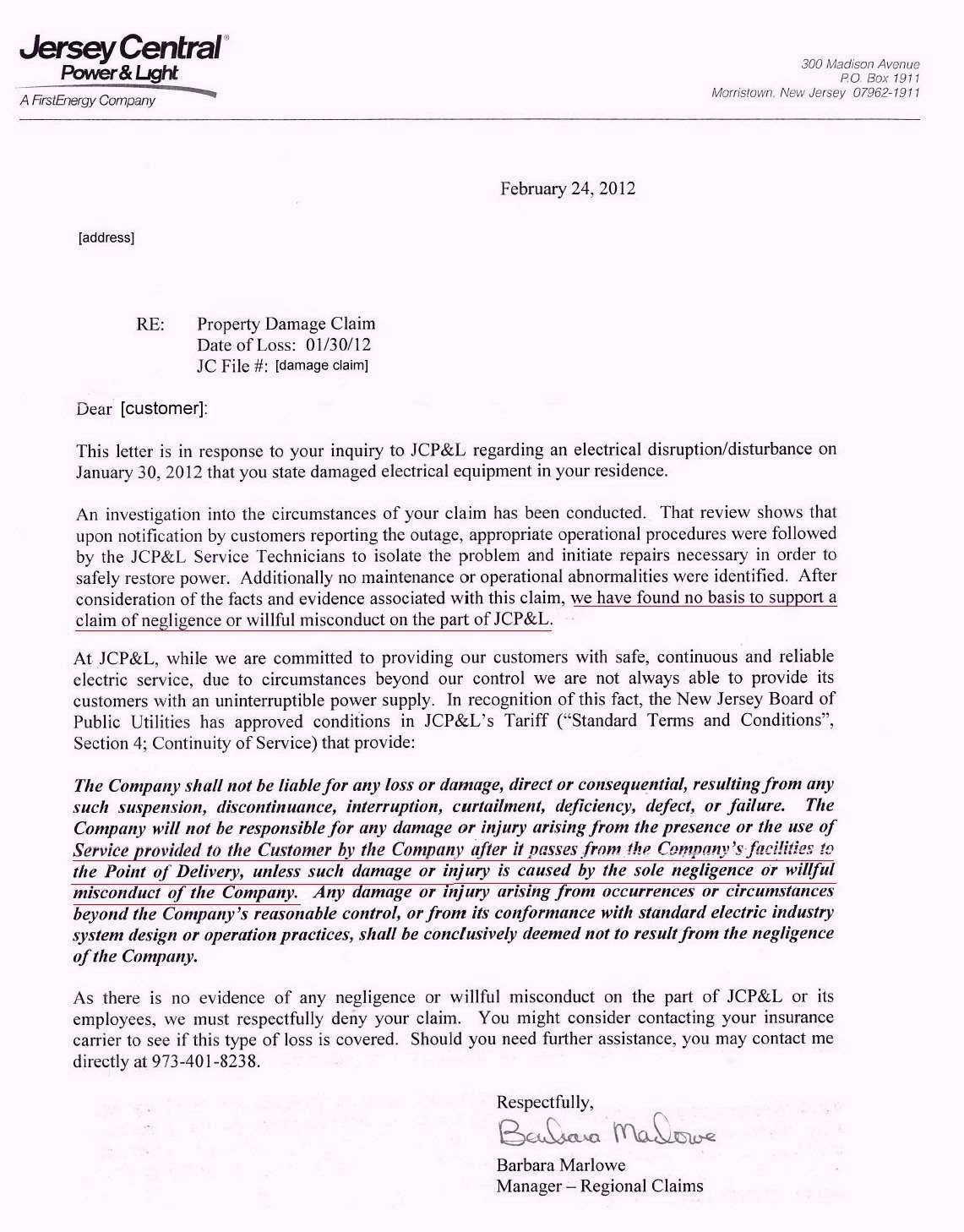
While it’s important to assert your rights, using an overly harsh or threatening tone can backfire. A message that is too aggressive may prompt the recipient to become defensive, making it less likely that they will cooperate. Maintaining a professional and respectful tone is key to achieving a positive result.
To avoid these common errors, ensure that your request:
- Includes clear, detailed information about the issue and your expectations.
- Maintains a polite, professional tone throughout the message.
- Avoids using inflammatory language or threats.
By paying attention to these details, you can increase the likelihood that your formal communication will lead to a prompt and satisfactory resolution.
How to Follow Up Effectively
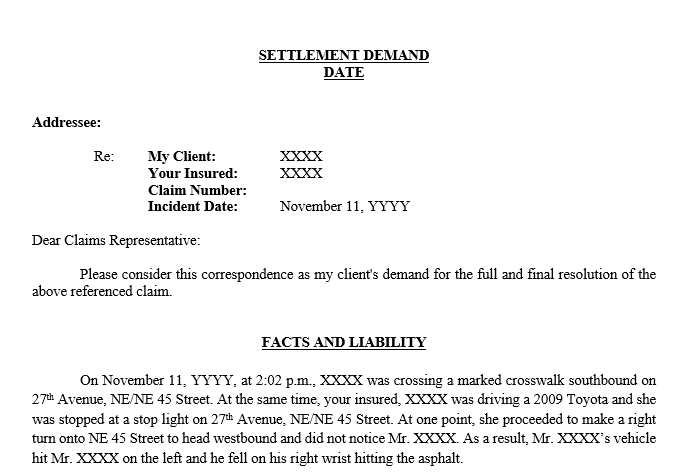
After sending your formal communication, it is important to follow up in a professional and timely manner. A well-executed follow-up increases the likelihood of a prompt resolution, showing that you are serious about the matter while maintaining a professional tone. This process ensures that your request does not go ignored and that both parties are on the same page regarding the next steps.
Timing Your Follow-Up
Knowing when to follow up is crucial. Too early, and it might seem impatient; too late, and it may appear that you’ve lost interest. Typically, allowing a reasonable period, such as a week or two, gives the other party enough time to respond. If the situation is urgent, it may be appropriate to follow up sooner.
Crafting Your Follow-Up Message
Your follow-up should be polite yet firm. Start by referencing your original request and restating the issue. Then, clearly express your expectations and ask for an update on the matter. Be professional, and avoid using aggressive language or sounding overly confrontational.
Some key points to include in your follow-up:
- Polite reminder of the initial communication.
- Restatement of the desired outcome.
- Inquiry about the status of the resolution.
- A clear deadline for the next steps.
By following these steps, your follow-up can remain effective, professional, and constructive, keeping the process moving forward and demonstrating your commitment to resolving the issue.